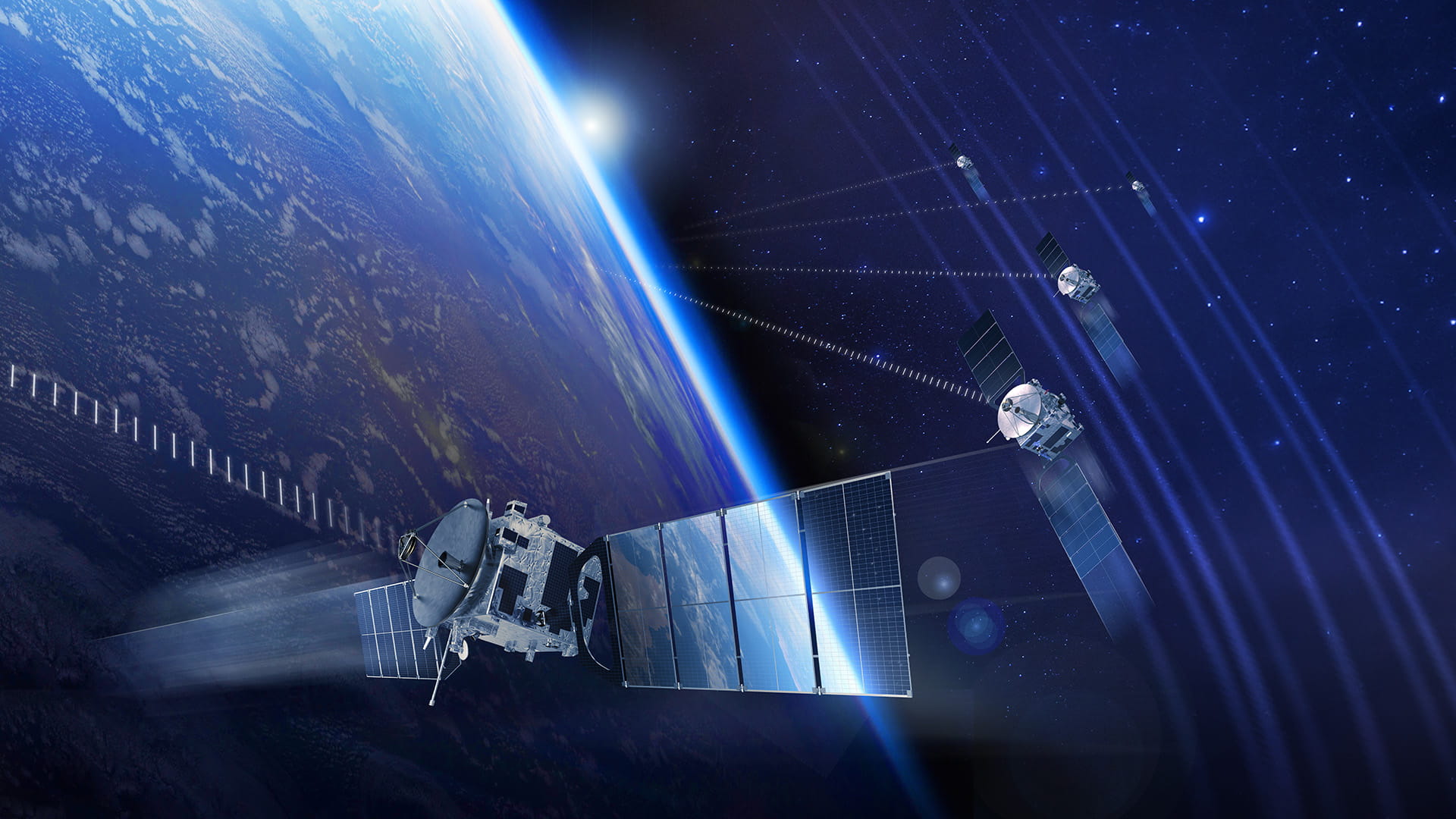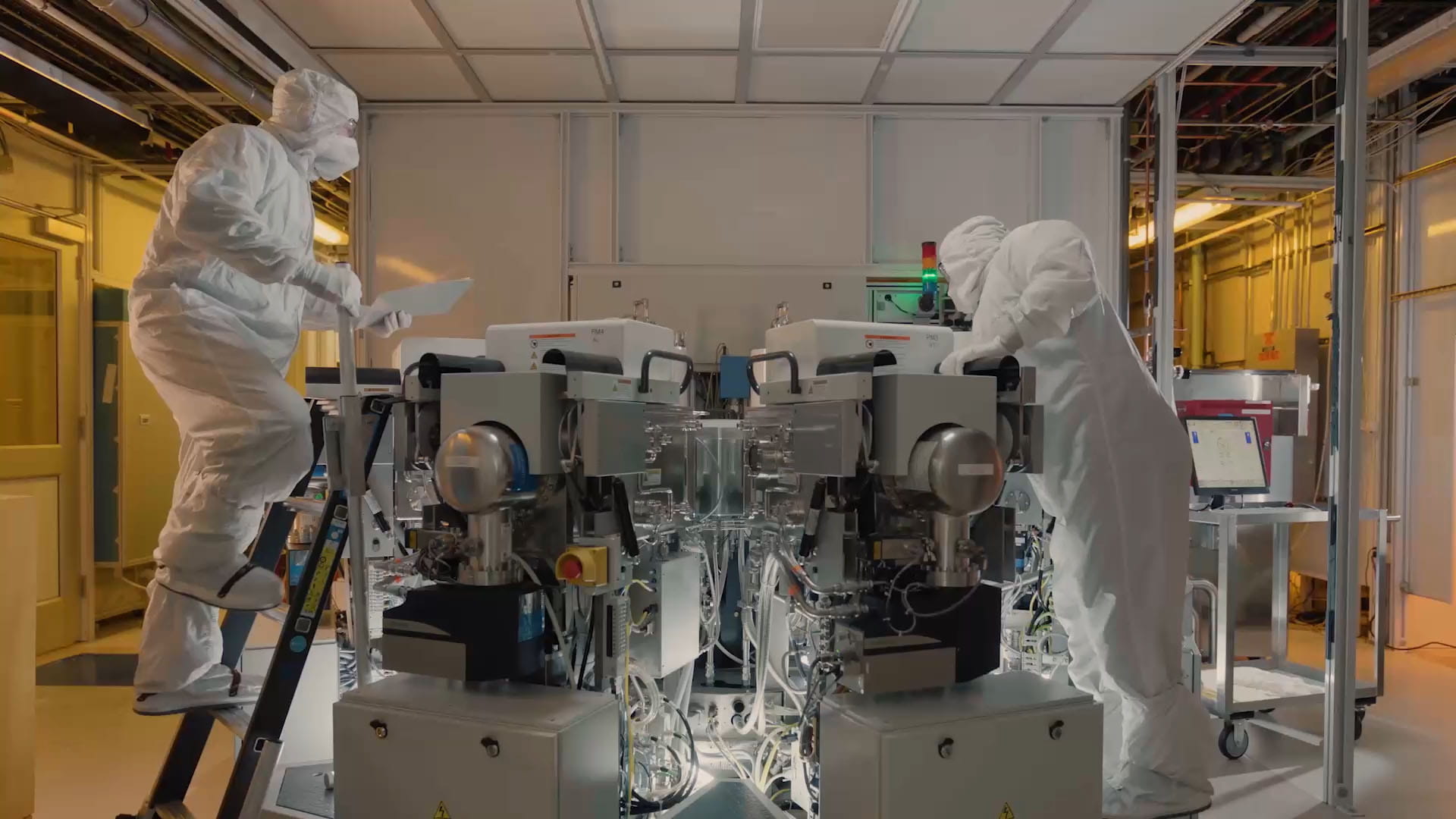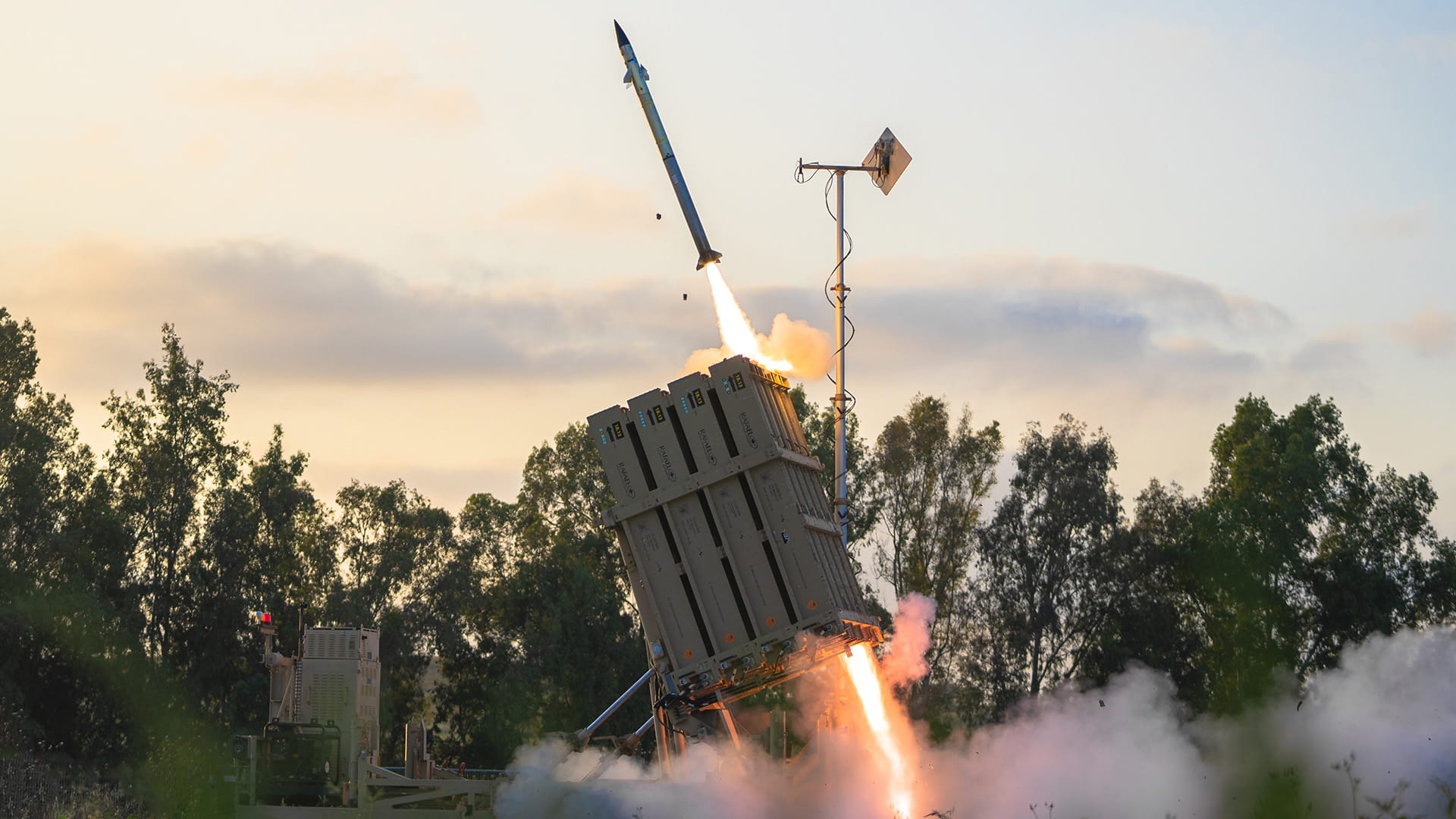Glide vehicles use rocket motors early in flight to reach altitude, then glide unpowered to their target.
Defending against hypersonic threats: The Glide Phase Interceptor takes aim
The Raytheon system targets hypersonic missiles before they strike
It was only a simulation, but still, Ken Spurlock felt good about the missile-defense scenario that had just unfolded on the computer screens in front of him.
The situation: An adversary had launched hypersonic missiles at a variety of targets in the Pacific Ocean – and Raytheon’s new Glide Phase Interceptor co-developed with Japanese industry partners, had defeated every one of them.
“With Raytheon’s interceptor technologies across naval and air domains, we have the most relevant expertise in creating interceptors,” said Spurlock, director of requirements and capabilities for Raytheon, an RTX business. “We are best suited to go after and solve this challenge.”
The interceptor, as its name indicates, targets offensive hypersonic weapons in the glide phase of their flight, where they spend the most time. Raytheon, an RTX business, has proposed the Glide Phase Interceptor to the U.S. Missile Defense Agency and is working to deliver it on an accelerated timeline, envisioning it as a complement to systems that address threats in other domains.
“You need to have as many arrows in your quiver as possible,” said Julie Leeman, director of hypersonics for Raytheon. “With GPI, we’re trying to add another layer of defense in the uncontested battlespace.”
Game-changing technology
The Glide Phase Interceptor, or GPI, launches from naval ships and is built to defeat hypersonic missiles that fly complex trajectories to evade missile defense systems. GPI would complement interceptors like Raytheon’s SM-3, which destroys incoming missiles outside Earth’s atmosphere, and SM-6, which intercepts targets in their final phase of flight.
With its new capabilities, GPI would become a vital part of a layered defense against hypersonic missiles, Spurlock said.
“Without GPI, the adversary will try and exploit that weak space,” he said.
A newer, faster threat
Hypersonic cruise missiles have several traits that make them hard to intercept. They fly under the beams of traditional ground radars, which point upward to see over Earth’s curvature. They’re also highly maneuverable and far faster than traditional cruise missiles.
Drawing from experience
Raytheon had something working in its favor when it set out to design GPI – namely, decades of experience in providing the U.S. and allied navies with maritime-launched interceptors.
Using real-life performance data, the team assessed each of those systems against the requirements of the GPI mission, then chose from a menu of technologies and features to maximize performance and minimize time to delivery and deployment.
The U.S. Missile Defense Agency is requiring prototypes for GPI to integrate with the Aegis Ballistic Missile Defense system, which fires from the deck of naval vessels. That gives Raytheon a key advantage: Its capabilities have been integrated with that system since the early 2000s.
“Our Standard Missiles and Aegis are already tightly coupled,” Leeman said. “They talk to each other; they exchange messages with each other. We’re able to tweak and reuse a lot of that interface for GPI.”
But there’s more than interceptor technology and systems at stake in a successful ship-based launch. There’s also the safety of those on board.
“Shipboard qualification and the ship environment are unique because the ship carries human life,” Leeman said. “So, safety boards and the qualification process are very involved, very rigorous – to protect everyone on the ship. We’re now bringing that commitment to the development of the new Glide Phase Interceptor.”
The complexity of integrating a missile onto a ship ratchets up when you factor for international navies, whose launching systems all bring their own nuances. Raytheon has equally overcome that challenge and has integrated and delivered ESSM, SM-2, and Tomahawk to multiple U.S. allies.
Longstanding partnership with Japan
Of particular note is Raytheon’s longstanding relationship with Japanese industry partners, and the country’s Maritime Self-Defense Force, to combat threats from near-peer adversaries in the Indo-Pacific region.
“There are a lot of lessons from working with our partners in Japan for more than 20 years,” said Patrick Hollen, who works on the GPI and SM-3 programs. “We’re able to leverage all those relationships and lessons to enhance the GPI program.”
Raytheon has decades of experience in missile defense. Its advantages in designing and producing a new Glide Phase Interceptor for the U.S. Missile Defense Agency include:
Co-development alongside Japan’s Maritime Self-Defense Force to combat threats from near-peer adversaries in the Indo-Pacific region.
A history of integration with the Aegis Ballistic Missile Defense System, which would launch the interceptor.
A mature missile factory that has already produced more than 1,000 similar “all-up” rounds
Expansion efforts underway to add further production capability
A personal mission
For Hollen and Spurlock, both U.S. Navy surface warfare veterans who have deployed aboard ships that launch Raytheon interceptors, working on GPI is more than a job.
“It’s a continuation of the mission in a non-uniform way to support our nation and our service members,” Spurlock said.
And bringing the U.S. and allies a much-needed advancement, Spurlock said, represents “a noble mission in getting the best capability we can for our defense.”
While in uniform – Hollen served 30 years and Spurlock 25 – they’ve seen firsthand the weaponry near-peer adversaries can produce and how quickly they can do it.
“It’s a wake-up call that we need to be ready,” Hollen said.



